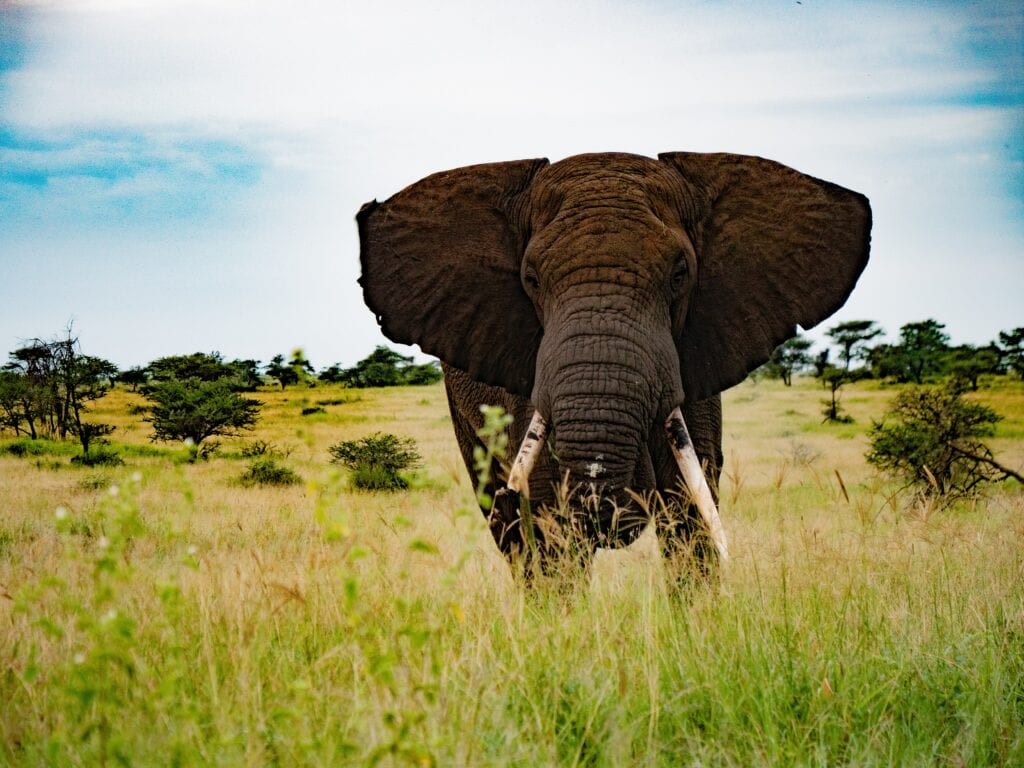In Situ vs. Ex Situ Conservation

Different types of conservation
Did you know that there’s a name for the different types of conservation? Latin for “in” and “out” of place, in situ and ex situ describes the location for wildlife. In situ refers to the animal’s original home and ex situ describes conservation in which the animal has been moved.
Each type of conservation has it’s own benefits, depending on the wildlife’s needs. First, In situ conservation aims to conserve the animal’s natural habitat and help wild species, especially endangered species. Free ranging landscapes and national parks are prime examples of in situ. In situ conservation tends to work best for animals that are in abundance (think buffalo, wolves, types of bears, etc).
Ex situ? Bless you!
Additionally, Ex situ conservation is also really important for the preservation of species. In certain cases, wildlife is moved from their natural habitat when the species is not in abundance (think rhinos, elephants, manatees etc). Ex situ allows for veterinarians to learn more about these animals and how to better protect them. Types of ex situ conservation include accredited zoos and aquariums.
Members of the American Association of Zoo Veterinarians participate in both in situ and ex situ research/conservation. Former AAZV president Dr. Michele Miller is an example of a zoo veterinarian conducting in situ research. Michele works as the NRF South African Research Chair in animal TB, based full-time in Kruger National Park in South Africa. Uniquely, Kruger is home to hyenas, impala, and white rhinos. Her work has led to discoveries relating to Tuberculosis (TB) in animals.


Dr. Mike Adkesson, AAZV member and another past president, is a passionate advocate for both in situ and ex situ conservation. Mike is the Vice President of Chicago Zoological Society where he oversees hospital operations and the veterinary staff at the Brookfield Zoo. In addition to this, Mike travels to Peru often where he works with penguins, sea lions, and fur seals in their natural habitat.
How can you help wildlife conservation all over the world?
- DONATE! 100% of donations to the Wild Animal Health Fund will go directly to research of these amazing animals. Functional support is covered by the American Association of Zoo Veterinarians. Donate easily here: https://wildanimalhealthfund.org/donations/
- SHARE! Tell your friends and family about the Wild Animal Health Fund and how they can help wildlife in need. Follow us on Facebook here: https://www.facebook.com/WildAnimalHealthFund
- VISIT! Visit your local accredited zoo, or aquarium and learn more about wildlife research & conservation. The animals need you!
